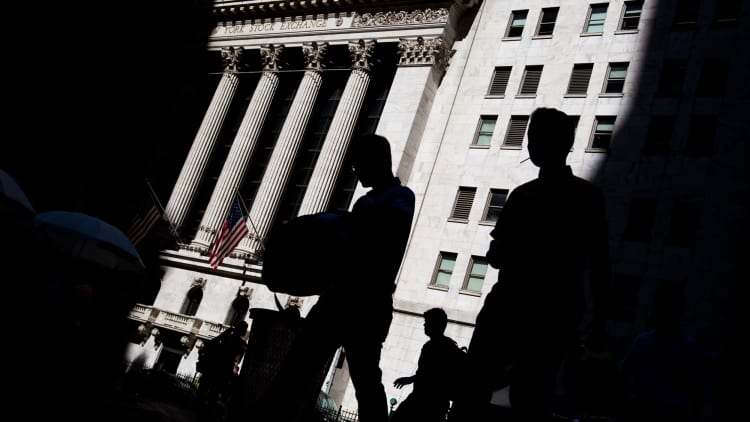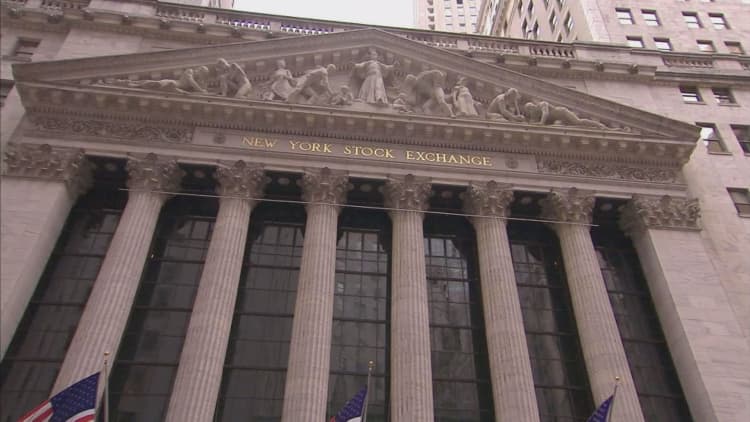
Investors may be in for disappointing market returns in the decade to come with valuations at levels this high, if history is any indication.
Analysts at Goldman Sachs Asset Management pointed out that annualized returns on the S&P 500 10 years out were in the single digits or negative 99 percent of the time when starting with valuations at current levels.
In a chart, they point out that the S&P's cyclically adjusted price-to-earnings ratio (CAPE) is currently around its highest historical levels. CAPE is a widely followed valuation metric developed by Nobel Prize winners John Campbell and Robert Shiller.
The chart shows how the S&P 500's 10-year-out returns are mostly below 10 percent or negative when CAPE is around historical highs.
Here's the chart:
Source: Goldman Sachs Asset Management
"In light of high equity valuations and the potential for lower returns, we see the case for a fresh look at alternative strategies" such as international small-cap stocks, Goldman said in its third-quarter outlook containing this chart.
"International small caps may be well positioned to benefit from the global economic expansion," they said. "International small caps' exposure is 70% cyclical by sector and includes a relatively high degree (55%) of domestic revenue drivers. These domestically-oriented companies in the past have also been better positioned than international large caps during periods when broad international equity markets have outperformed the US."
The has had a banner year thus far, advancing 10.4 percent and posting record highs. However, the index's sharp rise has raised concern that stocks may be too expensive.
Despite this dire historical data, many strategists will tell you not to drastically change your long-term asset allocation philosophy based on valuations. Plus, a single-digit return isn't so bad, considering the potential returns for other asset classes out there.
"The most important thing with respect to the CAPE ratio is that it should be used to set expectations, rather than to time the market," Michael Batnick, director of research at Ritholtz Wealth Management, told CNBC via email. "If you pay more for an investment, you should expect to receive less in return."
"But jumping in and out of the market because stocks appear expensive, is a very difficult way to invest," said Batnick, who tweeted out the Goldman chart on Sunday.
Batnick also noted CAPE has spiked 38 percent since June 2014. In that time period, the S&P has gained 25.3 percent.
WATCH: Apple could save the day for tech & the market



